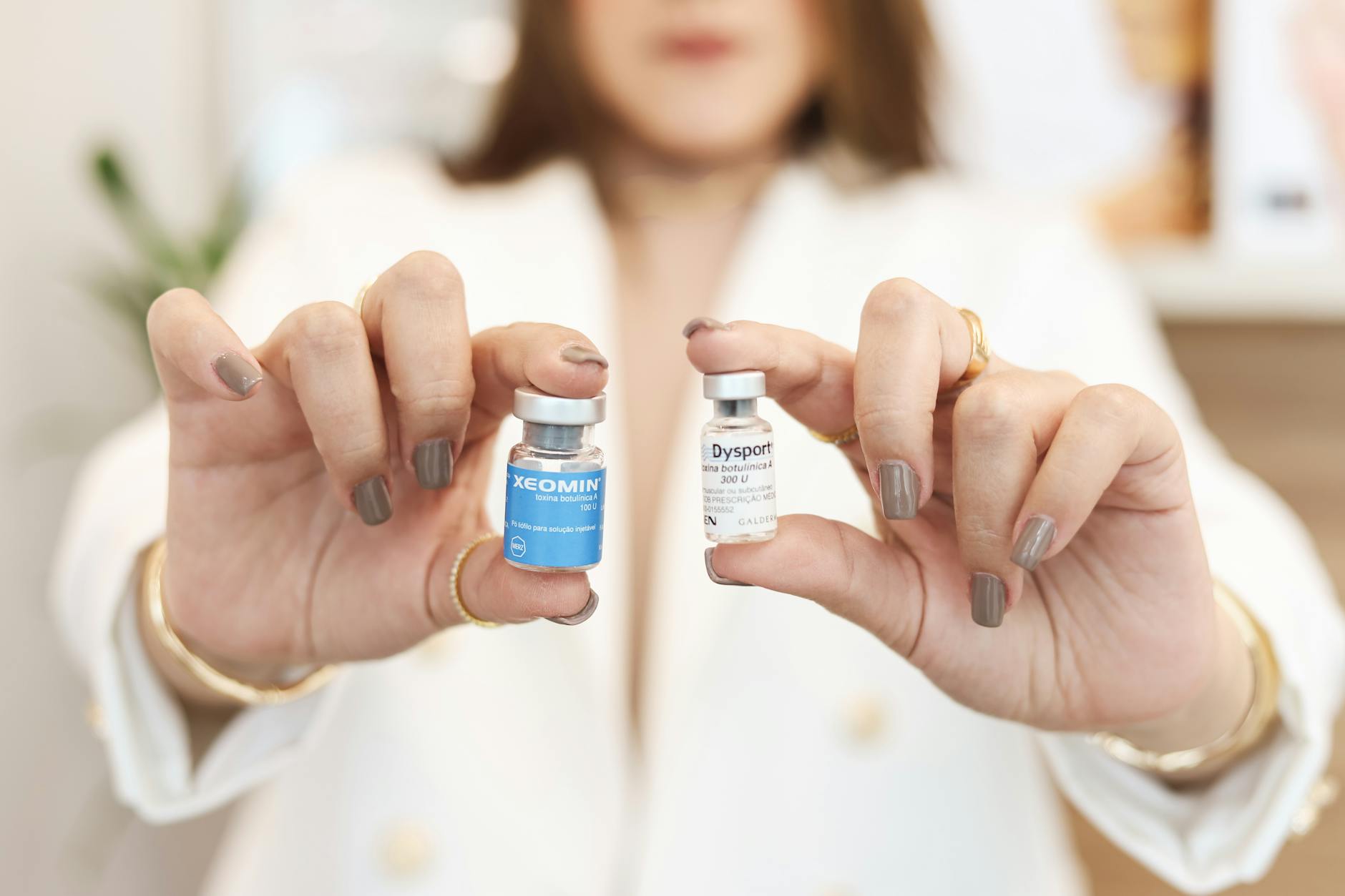
I thought Botox and fillers were the same thing
She asked for Botox.
They asked what she wanted it to do.
She pointed to her cheeks.
To her lips.
To her jaw.
They said, “That’s filler.”
That’s when she realized she didn’t know the difference.
Most people don’t.
One stops movement—the other adds volume
Botox doesn’t fill.
It freezes.
It relaxes muscles.
That softens lines caused by movement.
Smiling.
Frowning.
Raising brows.
Filler, on the other hand, adds.
It lifts.
Restores.
Reshapes.
You don’t use Botox on the cheeks
The cheeks don’t move much.
They sag.
Or flatten.
Filler goes there.
To support.
To sculpt.
Botox works on expression lines.
Forehead.
Brows.
Eyes.
Sometimes the mouth.
They’re both injectables—but that’s where the similarity ends
Same needle.
Same room.
Different intention.
Botox tells a muscle to rest.
Filler adds something that wasn’t there.
Usually hyaluronic acid.
A substance that holds water.
That gives plumpness.
That gives shape.
Results show up at different speeds
Botox takes a few days.
Sometimes a week.
Filler is instant.
You walk out looking different.
Not healed.
But changed.
That can be a shock if you’re not ready.
Botox wears off slower
It fades over three to four months.
Gradually.
You start moving again.
Then the line deepens.
Filler can last longer.
Six months.
Sometimes a year.
But it dissolves unevenly.
You notice it go.
You can feel the difference under your skin
Botox doesn’t leave a lump.
It just weakens a signal.
Filler adds thickness.
You can touch it.
Feel the change.
It softens.
It molds.
But it’s there.
Too much Botox freezes—too much filler bloats
Over-Botoxed faces look stiff.
Frozen brows.
No emotion.
But too much filler?
That’s when cheeks swell.
Lips balloon.
The face loses structure.
Balance.
That’s the risk with both.
They’re used together more often than people think
She got Botox in her forehead.
Filler in her lips.
Jawline.
Under her eyes.
Each for a different reason.
Each doing a different job.
Together, they created balance.
Botox treats lines you haven’t formed yet
It’s preventive.
You don’t need wrinkles to use it.
It slows them from forming.
Stops repetitive movements.
It’s not about looking younger.
It’s about staying where you are.
Filler rebuilds what you’ve lost
As you age, you lose fat.
Bone.
Support.
Filler restores that.
Not always for beauty.
Sometimes for symmetry.
Sometimes for softness.
For wholeness.
Botox moves with your muscles—filler moves with your skin
Botox shifts slightly over time.
Because the muscle weakens.
Then wakes up.
Filler stays where it’s placed.
But your face moves.
And so the filler stretches.
Or settles.
One is more subtle. The other more obvious.
Botox is quiet.
It works in stillness.
Filler is visual.
It changes shape.
Creates angles.
Or smoothness.
You don’t always notice Botox first.
But you always see filler.
People regret filler more than Botox
Because Botox fades fast.
And subtle.
But too much filler lingers.
Even if it dissolves.
The memory doesn’t.
Photos stay.
So do impressions.
Reversing filler is possible—Botox isn’t
Hyaluronic acid can be dissolved.
There’s an enzyme for it.
Mistakes can be fixed.
Botox can’t be reversed.
Only waited out.
So choosing matters.
Cost depends on area, amount, and brand
Botox is priced by unit.
Filler by syringe.
The total changes depending on face and goal.
One area?
Or many?
A little lift?
Or full correction?
That’s what shapes the number.
Not every injector knows how to use both well
They require different training.
Different eyes.
Different hands.
Botox needs precision.
Filler needs vision.
It’s not one skill.
It’s two.
Choose accordingly.
You don’t need both. You might not even need either.
She thought she needed everything.
Turns out she needed rest.
Hydration.
Less stress.
A better skincare routine.
Botox and filler help.
But they’re not always the answer.
